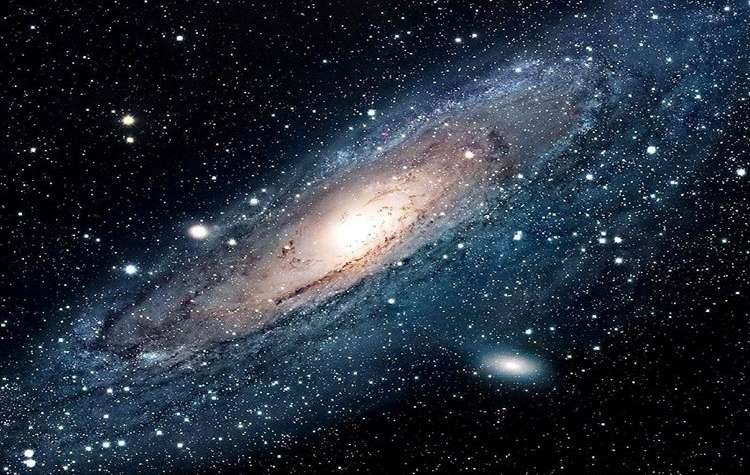"terrifying" sounds of planets in spacecraft data as they sail through our solar system

Scientists have converted radio emissions collected from our neighboring planets, across the various missions, into sound waves.
Contrary to what we think, our neighbors are not without noise, and acoustic data allows us to explore what is happening on the planets of our solar system in a different way.
NASA's Perseverance vehicle has been recording the "terrifying sounds of Mars" since its arrival in February 2021.
NASA said the sounds from the red planet are made possible by a pair of microphones on the Perseverance rover that make it sound like you're really standing there.
The Perseverance vehicle has been wandering the Jezero crater for eight months, searching for signs of ancient life, while also taking amazing pictures and recording sound.
“Perseverance” is the first vehicle to record the sound of the Red Planet, and in addition to allowing us to hear the winds in another world, it provides information about the atmosphere.
Analysis of Martian sounds revealed the presence of "strong bass vibrations," say researchers from the Institute for Astrophysical and Planetary Research in Toulouse, France.
The audio recordings also helped NASA engineers monitor the engines, wheels, and general operation of both Perseverance and the Ingenuity mini-helicopter that was flown to Mars on board the rover.
Eerie sounds coming from the upper atmosphere of Venus during a close flyby of the Parker Solar Probe that was launched to study the sun.
The natural radio signal is helping scientists study the atmosphere of Earth's "evil twin," according to the NASA team in charge of the probe.
The space agency picked up the sounds as the Parker probe was making its closest ever flyby of the planet, traveling just 517 miles above the surface.
NASA's Goddard Space Center operates the solar probe, which made its third flyby of Venus on July 11, 2020, when it detected a radio signal and eerie "soundtrack".
In 2019, astronomers first recorded the strange "song" that Earth's magnetic field sings when it's hit by a storm of charged particles sent from the sun.
This "melody" is an acoustic version of the amazing aurora light show that can be seen near the poles when charged particles interact with Earth's atmosphere.
The "song" was heard by experts from the European Space Agency (ESA), who analyzed the magnetic waves that were produced as this "solar wind" bombarded Earth.
They converted the results into audible frequencies, producing an unusual noise that they described as "more like the sound effects of a sci-fi movie than a natural phenomenon".
The "song" was identified after the team sent four spacecraft through the so-called "shock" region of Earth's magnetic field, which faces the sun and is the first part to be affected by incoming solar storms.
NASA is releasing a spooky set of space "sounds" in 2019, bringing to life the radio emissions its spacecraft pick up on their journey through the solar system.
The US space agency released the "Spooky Sounds from Across the Solar System" playlist ahead of Halloween.
The group included 22 clips from "Space Sounds", revealing a stunning new perspective on the planets and other mysterious objects in our solar system.
Some spacecraft contain instruments capable of capturing radio emissions. And when scientists convert these into sound waves, the results can be frightening to hear.
The list includes a clip from when the Juno spacecraft crossed the boundary of Jupiter's magnetic field on June 24, 2016, capturing its remarkable encounter with the bow shock over the course of two hours.
It also reveals the wave-like roar of plasma waves propagating through space, which was captured by the EMFISIS instrument aboard NASA's Van Allen probe.
The playlist contains many examples of Saturn radio emissions collected by the Cassini spacecraft.
Source : websites

